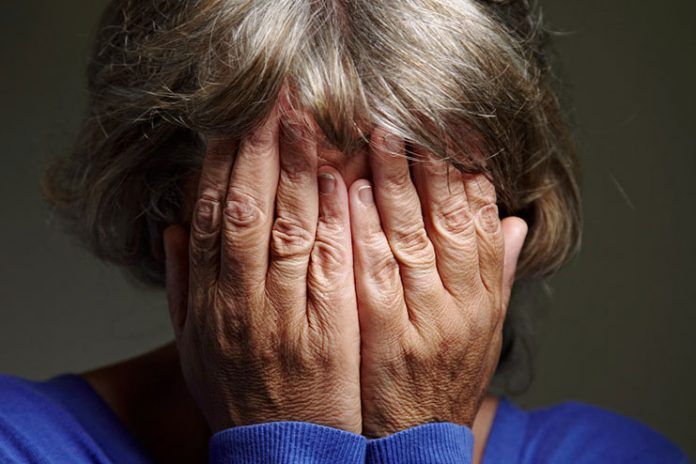Affiliate Disclaimer
Some links in this article are affiliate links. We may earn a small commission if you make a purchase through these links, at no extra cost to you. We only recommend products we find useful to our readersFrequent trips to the washroom are something that many old people often complain about. Wondering how to deal with elderly incontinence? The process is not different in comparison to the overall scenario of incontinence that we deal with in the younger ages.
Given the hardships that the elderly already face around in their life, the addition of dealing with incontinence in the mixture further makes the situation worse even further. Having a proper knowledge about this prospect does further help manage the situation better.
By the end of this article, you will have a better idea about the prospect of management of urinary incontinence in the elderly and how one can handle the symptoms better.
What is Urinary Incontinence in the Elderly?
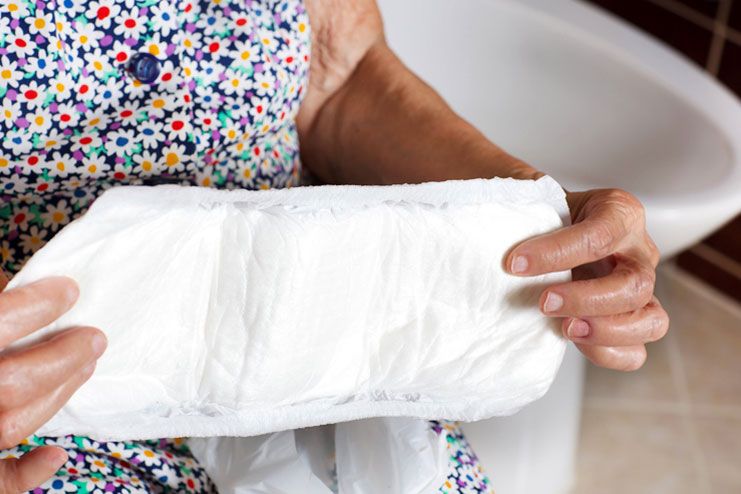

Urinary incontinence is a condition that is witnessed in people of varying age, the elderly people at the highest of risks altogether.
If you didn’t know any better, urinary incontinence is the condition which is characterized by the involuntary leakage of urine. In simpler words, it is the phenomenon in which the person urinates even when they don’t want to.
This is predominantly seen in the elderly, mainly because of the fact that the elasticity of the muscles degrades with age. The lack of elasticity of the urinary sphincter is what causes the problem altogether.
A conducted study by the National Association of Continence has found that 1 in every 5 people over the age of 40 suffer from the condition of overactive bladder or the urgency in their urination. At least 50% of several of the nursing home population are dealing with incontinence altogether.
Elderly Incontinence Causes
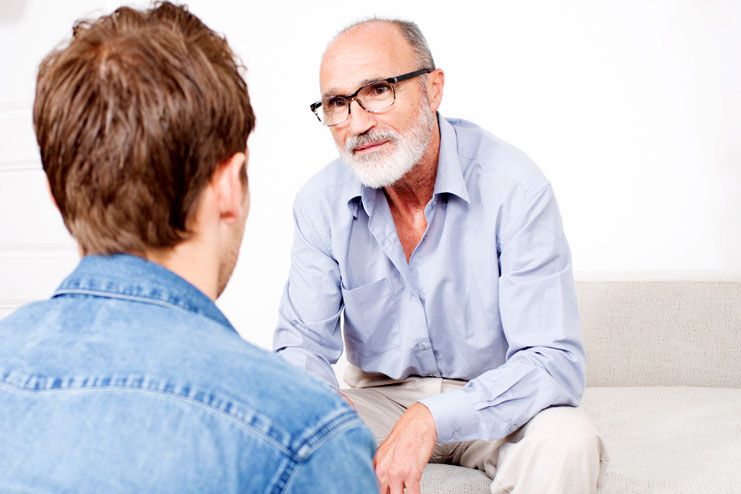

When it comes down to discussing about the reasons for elderly incontinence, there is not a vast prospect of discussion.
Given the fact that there are a few different types of incontinence, even the causes behind the same vary depending on the type that is inducing the problem in the first place.
In order to make it easier for you to understand the causes behind the nighttime incontinence in the elderly, we have divided around the causes for you based on the types.
Stress incontinence
- Women suffering from menopause with lower estrogen levels in the body
- Hysterectomy
- Age
- Obesity
Urge incontinence
- Formation and development of cysts and inflammation in the lining of the bladder
- Multiple sclerosis
- Parkinson’s disease
- Stroke
- Enlarged prostate in elderly men
- Pelvic floor atrophy
- constipation
Overflow incontinence
- Enlarged prostate
- Formation of tumour around the urinary bladder
- Formation of urinary stones
- Fecal impactions
- Nerve damage from strokes
- Diabetes
Total incontinence
- Anatomical defect right from birth
- Spinal cord injury or degradation over time
- Medications like diuretics and even sedatives
These are some of the common reasons for elderly incontinence and while they are more or less similar to the general reasons, there are a few causes which are only induced with age in the elderly.
Symptoms of Incontinence in the Elderly
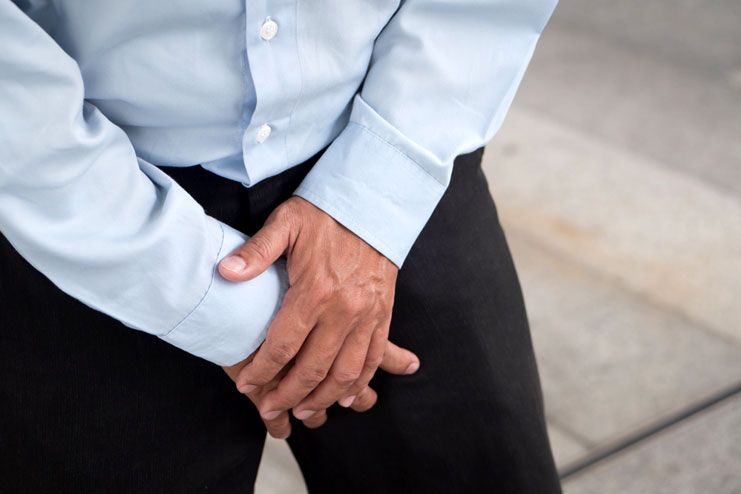

Discussing about the prospects of how to deal with elderly incontinence requires for you to have a fair idea of the common symptoms involved in this specific condition altogether.
Much like the causes as well, even the symptoms of the elderly incontinence does depend on the types and is not generic for every single one of them altogether.
Urge Incontinence
In this form of elderly incontinence, the patient always has an urgent urge to empty their bladder and urinate which makes them urinate even before they reach the toilet.
It is believed that the heightened involuntary contractions of the urinary bladder is what causes the condition altogether.
Stress Incontinence
This is a condition which is induced when the patients feel a heightened pressure around their abdominal region which often tends to surpass the closing pressure of the bladder.
The additional symptoms of coughing, sneeze or even laughing can make the situation even worse, making your urinate unwillingly.
This is often very common in the postmenopausal women who have a lower level of estrogen in their body which often causes muscle atrophy in them. In men with enlarged prostate or even for the ones who have had prostate surgeries are at risk of developing this condition.
Overflow Incontinence
Patients suffering from overall incontinence tend to frequently visit the washroom only to leak small amounts of urine at a time.
They don’t completely empty their bladder which is what causes the frequent trips to the washroom and the urge to urinate multiple times in a short span of time.
Functional incontinence
Mainly caused because of the other underlying health conditions, the symptoms for functional incontinence are more or less similar to what you would normally expect around in elderly patients.
The symptoms for this condition depends on the other disability which is affecting the condition of this even further.
Mixed Incontinence
Patients suffering from this experience the symptoms associated with both stress and urge incontinence.
The symptoms of dementia and age related diseases often tend to be a contributing factor when it comes down to this specific type.
How to Deal With Elderly Incontinence?
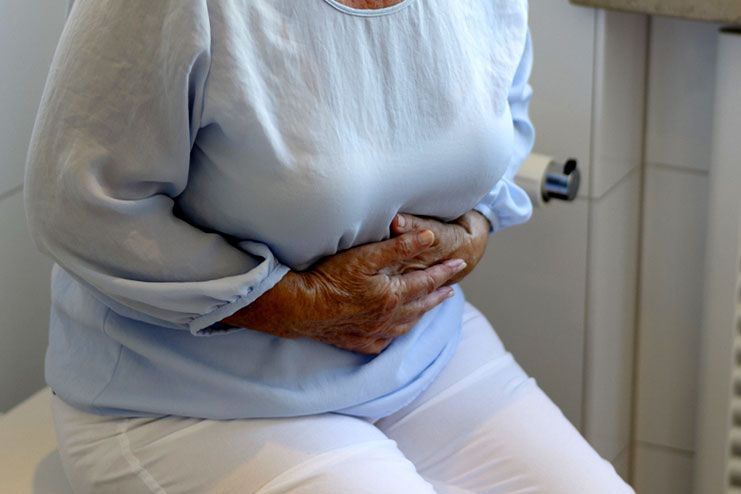

Now that we more or less have a basic idea about the condition, it is time we discussed about how to deal with elderly incontinence.
When it comes down to the diagnosis, there are a number of ways in which one can effectively get the problem validated before they proceed forward with the treatment options.
Some of the ways to diagnose elderly incontinence include:
- Conducting a urinalysis to check for any kind of infection or even the presence of blood in the urine
- Conducting blood tests to check the functioning of the kidney as well as keep a close eye on the calcium and glucose levels in the body
- Conducting a rectal exam as well as a pelvic exam in elderly women as well as a complete urological exam in elderly men
These are the basic tests that the urologist suggests getting done. If the same doesn’t showcase any kind of alterations, there are a few advanced tests also which can be used as a marker for the condition. Some of them include:
- Postvoid Residual
- Urodynamic testing
- Cystogram
- Cystoscopy
Coming down to the treatment options for the management of urinary incontinence in the elderly, the options expand from medications to surgery, depending on the severity of the condition.
1. Medications
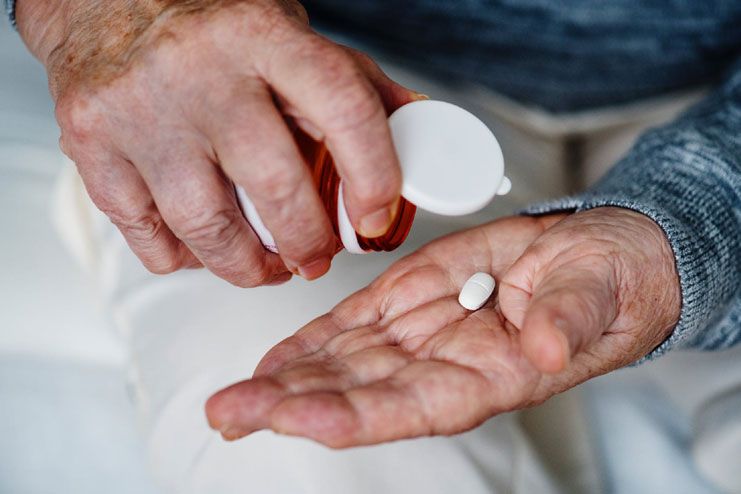
2. Antispasmodic Drugs
The very first on the list is the anticholinergic or the antispasmodic drugs. These are predominantly prescribed for patients suffering from urge incontinence.
While there are no major side effects for this, the patient might end up suffering from dry mouth as a trivial side effect.
3. Hormone Replacement
As mentioned before, elderly women suffering from menopause who have an impaired levels of estrogen in their body have heightened risks of suffering from this condition altogether.
Hormone replacement therapy is an amazing way to combat that problem and even cater to the effective recovery of the patients suffering from elderly incontinence at night.
4. Antibiotics
These medications are often prescribed if the patient is dealing with incontinence because of any kind of urinary tract infection.
They have been found beneficial in combating that condition and fighting through the same to effectively help in preventing the problem altogether.
5. Medical Devices
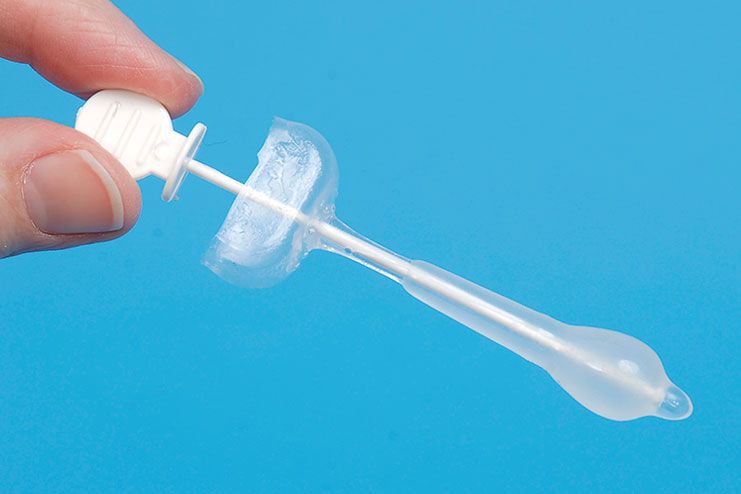

Now that we have walked ourselves through the general medications, it is time we divert our focus on the medical devices which are often used for the treatment of the condition even further.
6. Urethral inserts
This form of medical device resembles the appearance of one like a tampon and is often inserted into the urethral opening when women are indulging in some kind of activity relating to the incontinence episodes.
7. Pessary
Yet another one of the medical device that is proving out to be a good option for dealing with incontinence in elderly people is Pessary. This is an intra-vaginal device which is similar to the diaphragm that supports the bladder. The device needs to be taken out, cleaned as well as refitted every three months.
8. Surgery
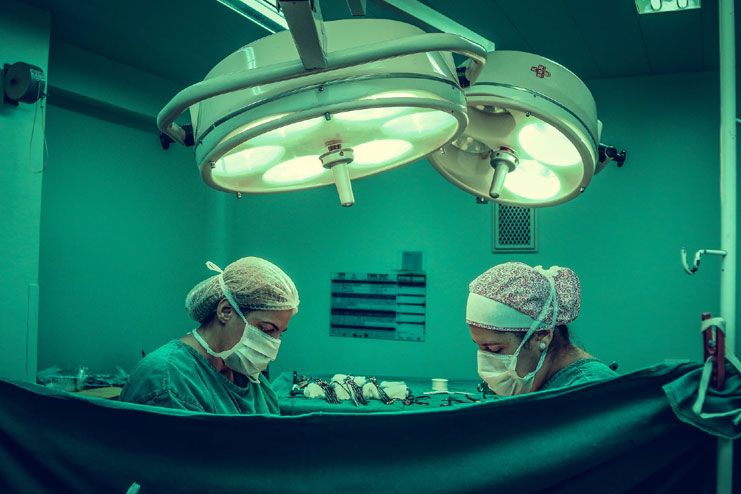
It helps in getting rid or fixing the problem that is causing the impairment in the issue of incontinence. It is always best suggested to keep this as the last resort and not fall into this just for the same of it.
There are over 150 surgical procedures that one can opt for depending on the kind of problem they are suffering from.
How to Prevent Urinary Incontinence in the Elderly?
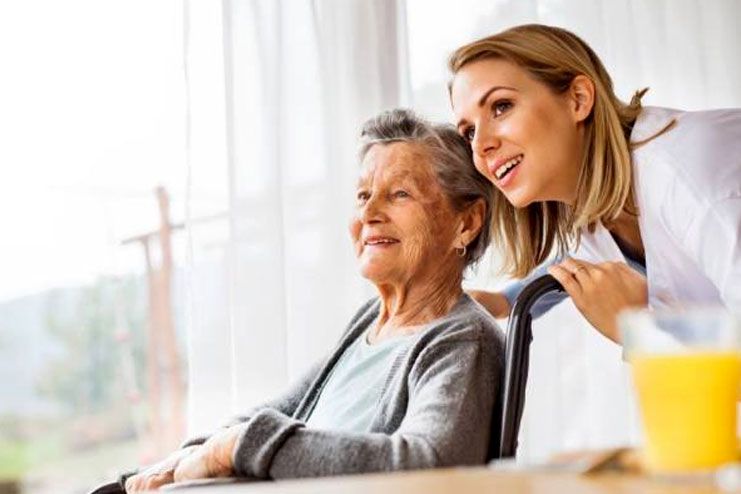

When it comes down to talking and discussing about the urinary incontinence in elderly, the preventive methods are definitely not that similar to the general ones you will come across.
Some of the effective preventive measures for incontinence in the elderly at night include:
- Get immediate help for urinary tract infections
- Ensure that you do maintain a healthy weight
- Avoid smoking
- Maintain an active lifestyle
- Consume a diet rich in high fibre
When it comes to how to deal with elderly incontinence, it is very important to ensure that you take precautionary methods to keep the problem in check. It is very important to ensure that you opt for necessary treatments once the problem is diagnosed.



























